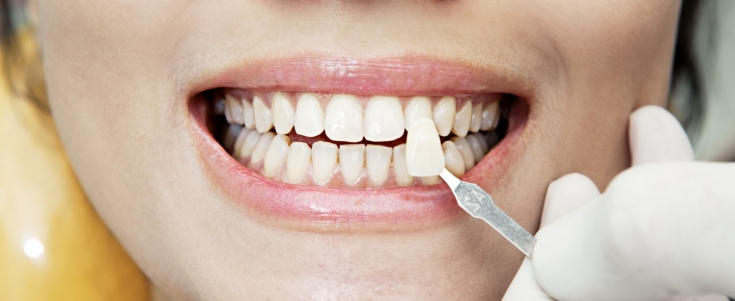Not every person is lucky enough to have naturally perfect teeth, but at the same time, when laughing, you really want not to cover your mouth shyly, but to demonstrate a charming smile to others. Fortunately, modern dentistry has methods and technologies that can make this dream a reality: make the color of the teeth even, eliminate deformations, and align the dentition. One of the most popular tools in cosmetic dentistry are veneers, which are used to correct the aesthetic imperfections of the teeth. However, before installing veneers, it is necessary to answer a number of important questions, which estet-portal.com will talk about in this article.
What are veneers and in what cases is their installation indicated
Veneers are plates that cover the upper surface of the tooth in order to correct its aesthetic imperfections: shape, color, length, size. Installation of veneers (more details at https://xn--80aaxhbinjjglg.xn--p1ai/services/viniry/) is carried out in a dental clinic after individual selection and production of the required number of plates for each patient.
Veneers may be indicated to correct the following problems:
- teeth discoloration;
- teeth chips;
- cracks and damage to teeth;
- presence of gaps between teeth;
- malformed teeth;
- unaesthetic smile.
Veneers are plates that cover the upper surface of the tooth in order to correct its aesthetic imperfections.
We'll look at:
- ceramic veneers;
- composite veneers;
- advantages and disadvantages of veneers;
- veneer care.
Porcelain veneers and features of their installation
Depending on the material of manufacture, veneers are ceramic and composite.
Porcelain veneers are considered superior to composite veneers for a number of reasons:
- continuity of color and shape over time;
- permanent shine;
- exceptional aesthetics;
- bioinert;
- easy care;
- Long service life.
There are only two disadvantages that are typical for the installation of veneers made of ceramics – their cost and duration of production.
Before installing veneers, first, if necessary, restore the functionality of the teeth.
Porcelain veneers are installed in several stages:
- During the first visit, the doctor examines and takes impressions of the teeth, after which they are sent to the laboratory to create a wax model.
- During the second visit, a preliminary fitting of the received model takes place. When the patient agrees on the shape of the veneers, the doctor sends the approved data to the laboratory to start the fabrication process.
- The third visit is devoted to the process of preparing (preparing) the teeth for the installation of the selected veneers: a certain amount of tooth tissue (less than 1 mm) is removed, the doctor makes sure that the manipulations are not carried out below the gum level. The patient is then fitted with temporary veneers and scheduled for the next visit.
- During the last (fourth) visit, the installation of permanent ceramic veneers, individually made for the patient in the laboratory, takes place.
Dentists note that the installation of only one ceramic veneer is not recommended for the reason that the surrounding teeth, unlike the veneer itself, will change their color over time due to various factors – this will lead to an unnatural result. Therefore, if you plan to correct only one tooth, it may be worth considering the option of composite veneers.
> 






Add a comment